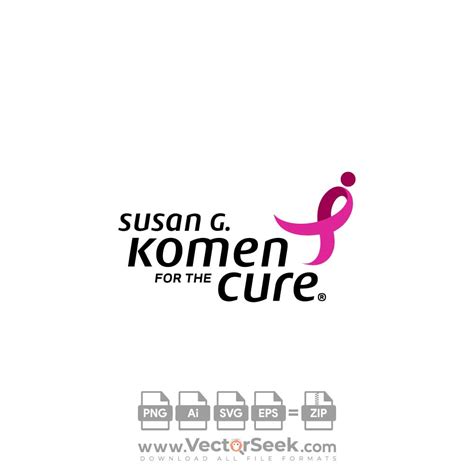Susan G. Komen for the Cure TV commercial - Most Common Cancer
Advertisers
Advertisers of the Susan G. Komen for the Cure TV Spot, 'Most Common Cancer'
Susan G. Komen for the Cure
The Susan G. Komen for the Cure is a non-profit organization founded in 1982 by Nancy G. Brinker in honor of her sister, Susan G. Komen, who passed away from breast cancer. The organization is dedicat...
What the Susan G. Komen for the Cure TV commercial - Most Common Cancer is about.

Title: Susan G. Komen for the Cure TV Spot - 'Most Common Cancer'
Introduction:In a powerful and emotionally charged television spot, Susan G. Komen for the Cure raises awareness about the most common cancer affecting women. The organization's goal is to shed light on the prevalence of breast cancer and encourage action, support, and early detection. With a combination of compelling visuals and a heartfelt narrative, the TV spot aims to educate, inspire, and unite viewers in the fight against this pervasive disease.
Description:The TV spot opens with a moving image of a woman, Susan, sitting in a peaceful park surrounded by blooming flowers. Soft sunlight illuminates her face, creating a serene and hopeful atmosphere. As the camera pans closer, the narration begins in a gentle, reassuring tone.
Narrator (Voiceover): "Meet Susan. She's just like you, your mother, your sister, or your friend. But there's something she's been battling against, silently and bravely. Breast cancer."
The scene transitions, showcasing a series of women from diverse backgrounds and stages of life. It emphasizes the universal nature of breast cancer, highlighting that it knows no boundaries.
Narrator (Voiceover): "Breast cancer affects women of all ages, races, and walks of life. It's the most common cancer among women, and its impact reaches far and wide."
The visuals shift to Susan undergoing various treatments, symbolizing the arduous journey that breast cancer patients endure. As the music swells, the spot emphasizes the collective strength and resilience of these women.
Narrator (Voiceover): "But we won't let breast cancer define us. We stand together, arm in arm, determined to make a difference."
The TV spot then showcases a group of women participating in a breast cancer awareness walk, wearing pink shirts with the Susan G. Komen for the Cure logo. The atmosphere is one of solidarity, empowerment, and hope.
Narrator (Voiceover): "Join us in the fight against breast cancer. Together, we can make a change. Together, we can save lives."
The TV spot concludes with a call to action, encouraging viewers to visit the Susan G. Komen for the Cure website or contact the organization for more information on how they can contribute to the cause.
Narrator (Voiceover): "Visit our website at www.komen.org or call our helpline at XXX-XXXX to learn more about breast cancer awareness, support, and early detection. Let's stand strong. Susan G. Komen for the Cure."
Conclusion:The Susan G. Komen for the Cure TV spot, 'Most Common Cancer,' serves as a poignant reminder of the prevalence of breast cancer among women. Through its heartfelt message, it urges viewers to come together, raise awareness, and support early detection efforts. By highlighting the collective strength and resilience of breast cancer survivors and those affected by the disease, the TV spot aims to inspire hope and drive action, making a significant impact in the fight against breast cancer.
Susan G. Komen for the Cure TV commercial - Most Common Cancer produced for Susan G. Komen for the Cure was first shown on television on October 14, 2021.
Frequently Asked Questions about susan g. komen for the cure tv spot, 'most common cancer'
Videos
Watch Susan G. Komen for the Cure TV Commercial, 'Most Common Cancer'
We analyzed TV commercials placed on popular platforms and found the most relevant videos for you:
TV commercials
Similar commercials












